Table of Contents
- What is a Scotch Bonnet Pepper? Heat Level, Uses & More
- Scotch Bonnet Heat Level Compared to Other Peppers (Scoville Scale)
- Flavor Profile: Tropical Notes Beyond the Heat
- Culinary Uses: Caribbean Recipes & Cooking Tips
- Buying Guide: How to Choose the Best Scotch Bonnet Peppers
- Storage Tips for Fresh Scotch Bonnet Peppers
- Safety Precautions When Handling Scotch Bonnet Peppers
- FAQ: Your Burning Questions Answered
What is a Scotch Bonnet Pepper? Heat Level, Uses & More
Scotch Bonnet peppers are a Caribbean staple with a Scoville heat range of 100,000–350,000 SHU, making them 40-140 times hotter than jalapeños. This iconic pepper is essential in Jamaican jerk seasoning, hot sauces, and island-style stews. This guide covers everything you need to know—from heat comparisons and flavor profiles to buying tips, storage, and safety precautions.
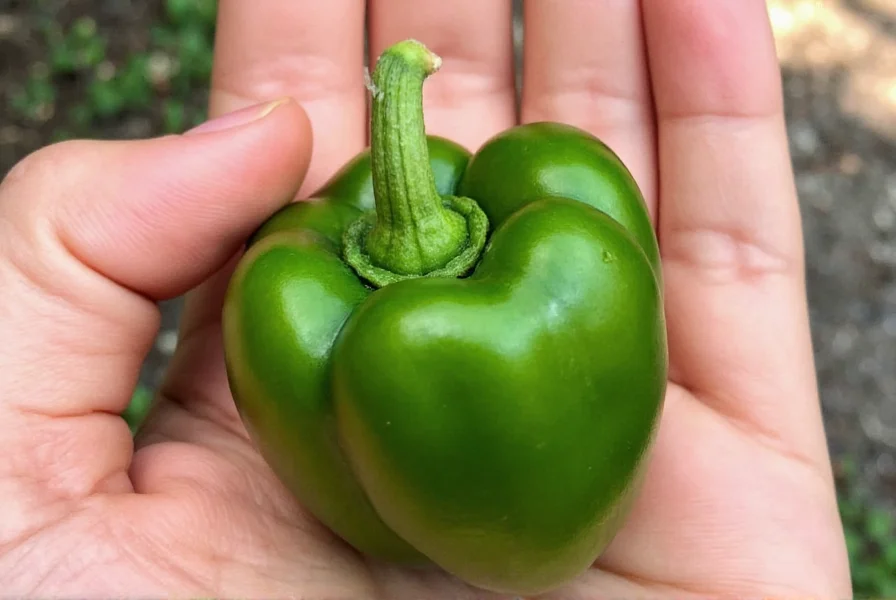
Scotch Bonnet Heat Level Compared to Other Peppers (Scoville Scale)
| Chile Pepper | Scoville Heat Units (SHU) |
|---|---|
| Scotch Bonnet | 100,000–350,000 SHU |
| Habanero | 100,000–350,000 SHU |
| Jalapeño | 2,500–8,000 SHU |
| Serrano | 10,000–23,000 SHU |
| Cayenne | 30,000–50,000 SHU |
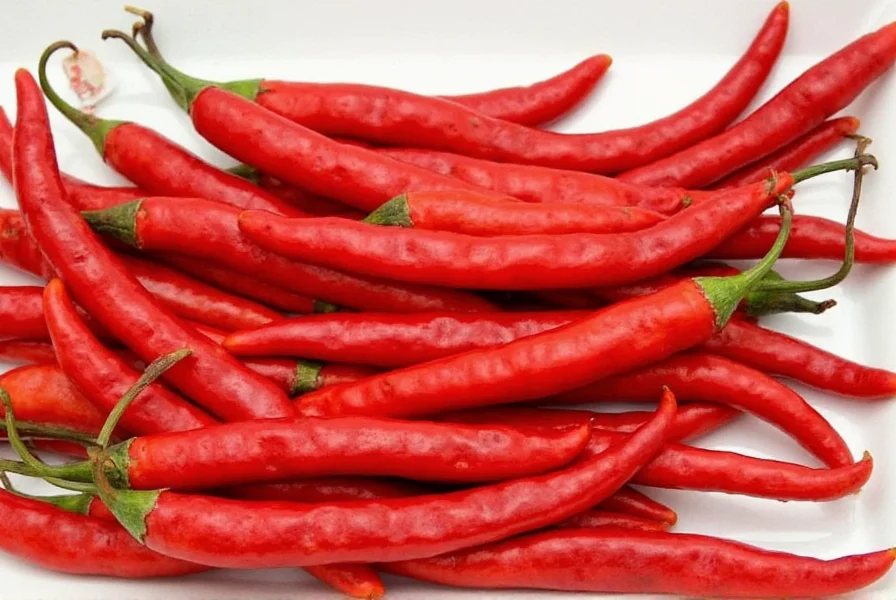
Flavor Profile: Tropical Notes Beyond the Heat
Scotch Bonnet peppers deliver vibrant tropical flavors with notes of mango, papaya, and citrus wrapped in smoky heat. This unique combination makes them ideal for dishes requiring complexity rather than just spice.
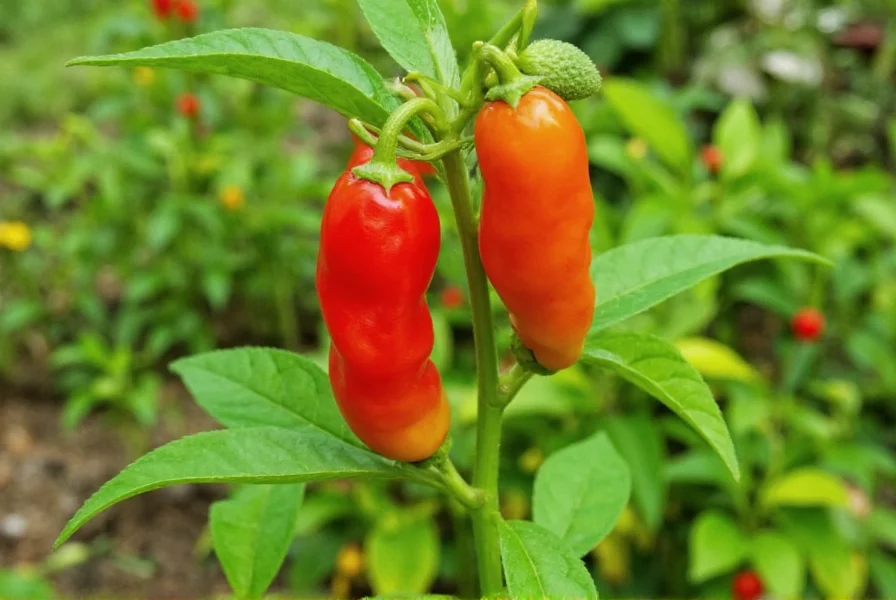
Culinary Uses: Caribbean Recipes & Cooking Tips
Discover authentic Caribbean cooking techniques with Scotch Bonnet peppers:
- Jerk Seasoning: Essential for Jamaican jerk marinades. Combine with thyme, allspice, scallions, and vinegar for bold, earthy flavor.
- Hot Sauce: Blend chopped peppers with vinegar, lime juice, and salt for instant island-style hot sauce.
- Callaloo or Goat Curry: Add finely chopped peppers early in cooking to infuse deep heat into soups and stews.
- Seafood Dishes: Commonly used in Trinidadian oil-based condiments for fish and shellfish.
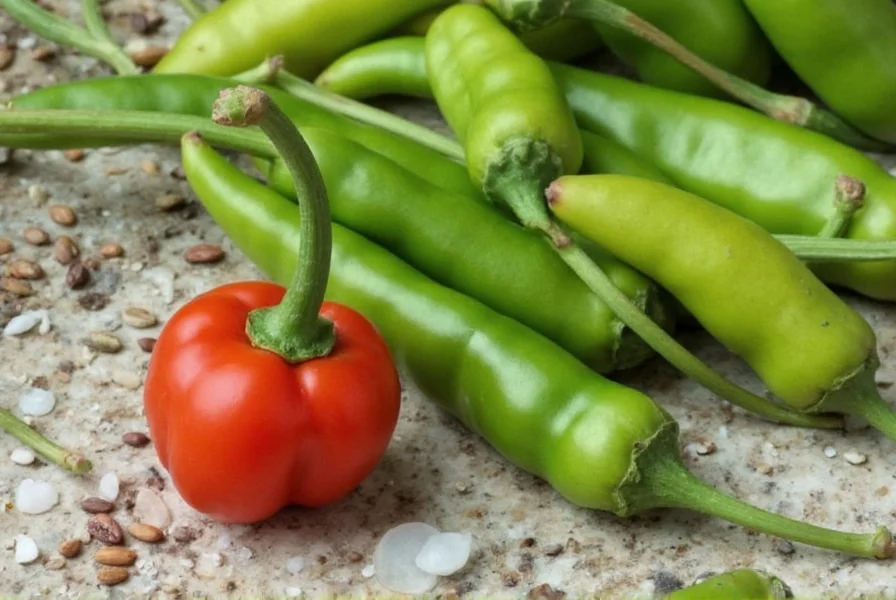
Buying Guide: How to Choose the Best Scotch Bonnet Peppers
Fresh Peppers
- Color: Look for firm orange, red, or yellow peppers. Green ones are unripe and less sweet.
- Texture: Avoid wrinkled or soft peppers. They should feel heavy with smooth skin.
- Heat Level: Smaller peppers tend to be hotter; medium-sized are ideal for beginners.
Dried Scotch Bonnet
- Rehydrate: Soak in warm water for 20-30 minutes before use.
- Use: Perfect for dry rubs, stews, and curry blends.
Ready-to-Use Products
| Product | Features | Best For | Occasion |
|---|---|---|---|
| Peter Scot Scotch Bonnet Sauce | Mild to medium heat, balanced with garlic and herbs | Beginners, everyday meals | Breakfast scrambles, fried chicken |
| Mad Dog 357 Plutonium | Extremely hot, uses pure extract | Spice veterans | Extreme heat challenges |
| Walkerswood Scotch Bonnet Paste | Thick, versatile paste with real chunks | Cooking from scratch | Stir-fries, rice dishes |
| Natural Roots Organic Dried Peppers | Whole dried peppers, organic certified | Custom recipes, DIY spice lovers | Homemade sauces, grilling seasonings |
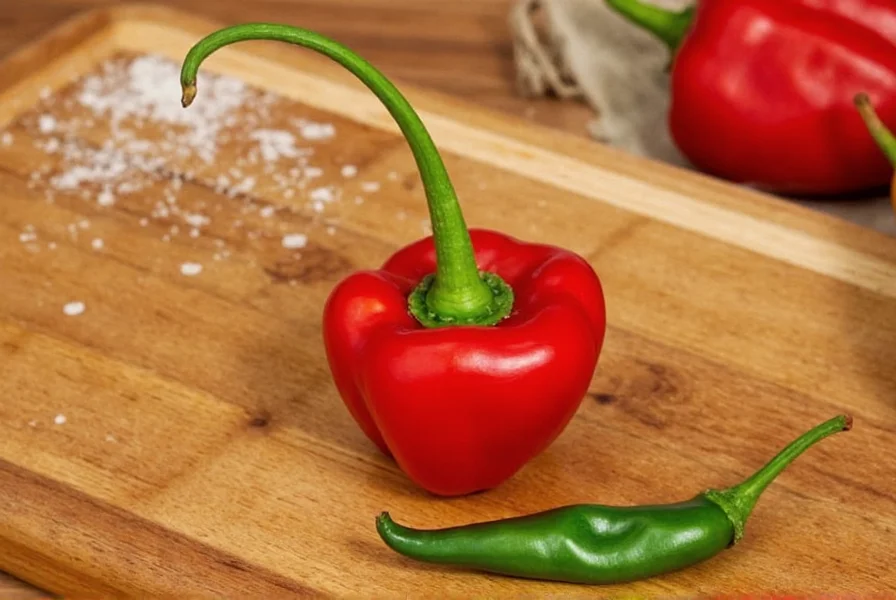
Storage Tips for Fresh Scotch Bonnet Peppers
- Fridge: Store in a paper bag inside the crisper drawer for up to 2 weeks.
- Freezer: Freeze whole or chopped in sealed bags. Use directly from freezer.
- Drying: Air-dry or use a dehydrator. Grind into powder or store whole.
- Vinegar/Brine: Preserve in vinegar for homemade hot sauces or pickling.
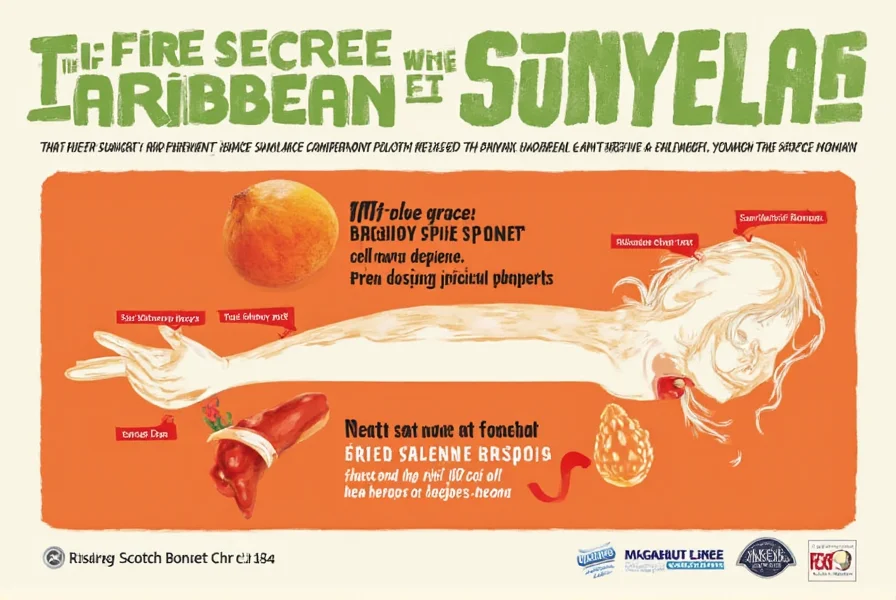
Safety Precautions When Handling Scotch Bonnet Peppers
- Wear gloves when chopping or handling.
- Avoid touching your face or eyes during prep.
- Rinse cutting boards and knives immediately after use.
- If burned, apply milk or yogurt to neutralize capsaicin.
FAQ: Your Burning Questions Answered
How hot are Scotch Bonnet peppers really?
Scotch Bonnet peppers range from 100,000 to 350,000 Scoville Heat Units (SHU), placing them among the world's hottest peppers. To put this in perspective, they're about 40-140 times hotter than a jalapeño. The heat builds slowly but can become quite intense, so always start with small amounts when cooking.
What's the difference between Scotch Bonnet and Habanero peppers?
While Scotch Bonnets and Habaneros share nearly identical heat levels (both 100,000-350,000 SHU), they differ in flavor and appearance. Scotch Bonnets have a more rounded, bonnet-like shape and typically offer more pronounced tropical fruit flavors (mango, papaya, citrus). Habaneros tend to be slightly more floral with citrus notes but less sweet. In Caribbean cooking, Scotch Bonnets are preferred for their distinctive flavor profile.
Can I substitute Scotch Bonnet peppers with something milder?
Yes, for milder substitutes, consider using serrano peppers (10,000-23,000 SHU) or even jalapeños (2,500-8,000 SHU), though you'll lose some of the distinctive tropical flavor. For closer flavor matches with less heat, try using bell peppers combined with a small amount of habanero or even mango puree to capture some of the fruity notes without the intense heat.
How do I reduce the heat of Scotch Bonnet peppers in a dish?
To reduce heat, remove the seeds and white pith (placenta) where most capsaicin is concentrated. You can also add dairy products like yogurt or coconut milk, which contain casein that helps neutralize capsaicin. Acidic ingredients like lime juice or vinegar can balance the heat, as can sweet components like mango or pineapple. Remember that heat intensifies as the dish cooks, so add peppers later in the cooking process for milder results.
Are Scotch Bonnet peppers healthy?
Absolutely! Like all chili peppers, Scotch Bonnets are rich in vitamins A and C, capsaicin (which may boost metabolism), and antioxidants. The capsaicin has been studied for potential pain relief properties and may support heart health. However, consume in moderation as excessive amounts can irritate the digestive system. The vibrant color indicates high carotenoid content, beneficial for eye health and immune function.
Why are they called "Scotch Bonnet" if they're from the Caribbean?
The name's origin is debated, but the most accepted theory is that the pepper's shape resembles the traditional Scottish tam-o'-shanter hat (a type of bonnet). Despite the Scottish reference, Scotch Bonnets are indigenous to the Caribbean. The name likely emerged during colonial times when British traders encountered the pepper in the West Indies and named it for its visual similarity to headwear they recognized from home.
Can I grow Scotch Bonnet peppers at home?
Yes! Scotch Bonnets grow well in warm climates (USDA zones 9-11) but can be grown as annuals in cooler regions. They need 70-100 days to mature, full sun, well-draining soil, and consistent watering. Start seeds indoors 8-10 weeks before last frost. The plants typically reach 2-3 feet tall and produce peppers that change from green to vibrant orange, red, or yellow when ripe. They're relatively easy to grow but require patience as they're slower to mature than some other pepper varieties.
Do Scotch Bonnet peppers change flavor as they ripen?
Yes, significantly! Green Scotch Bonnets are unripe and have a grassier, less sweet flavor with slightly less heat. As they mature to yellow, orange, and finally red, they develop more complex tropical fruit notes and sweetness while their heat intensifies. Chefs often prefer fully ripe (red or orange) peppers for their balanced flavor profile. The color change also indicates increased carotenoid content, enhancing both nutritional value and visual appeal in dishes.
Mastering Scotch Bonnet Peppers: Your Ultimate Caribbean Cooking Guide
Scotch Bonnet peppers are more than just heat—they're a gateway to authentic Caribbean flavors. Whether you're making jerk chicken, hot sauce, or Caribbean stews, understanding this pepper's unique profile transforms your cooking. Start small, respect the heat, and embrace the tropical complexity that makes Scotch Bonnets a culinary treasure.
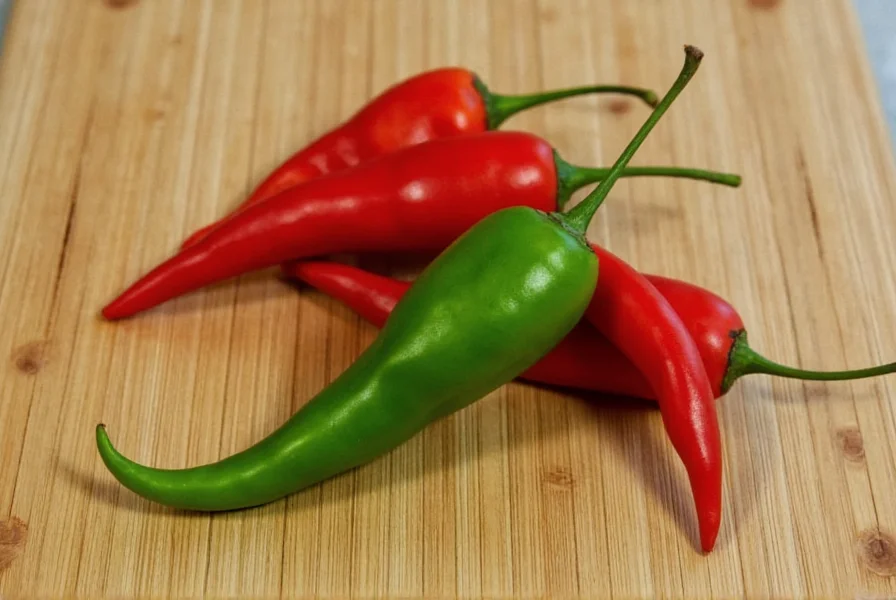

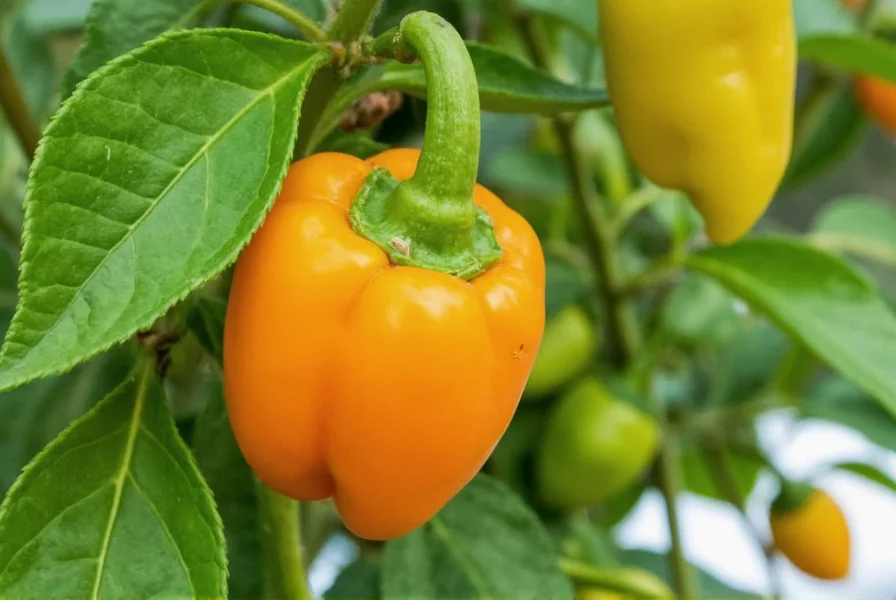









 浙公网安备
33010002000092号
浙公网安备
33010002000092号 浙B2-20120091-4
浙B2-20120091-4